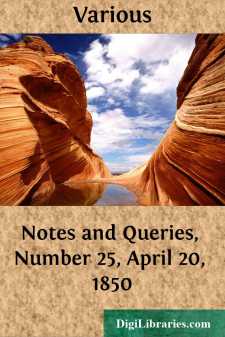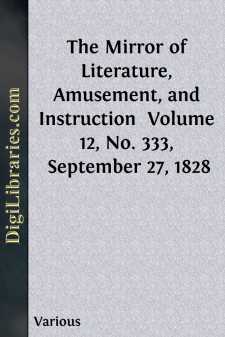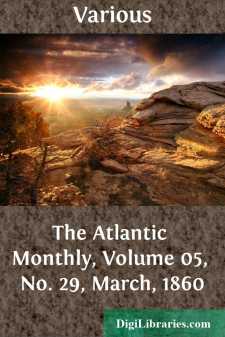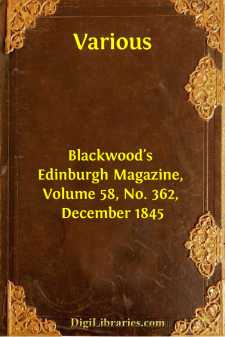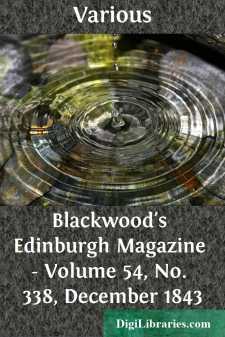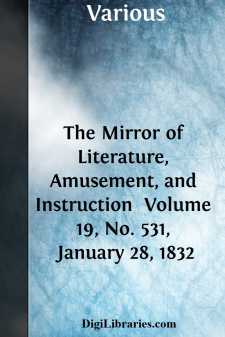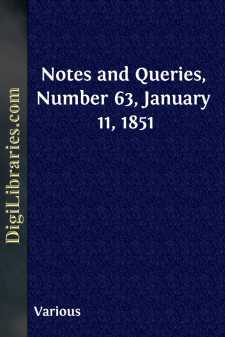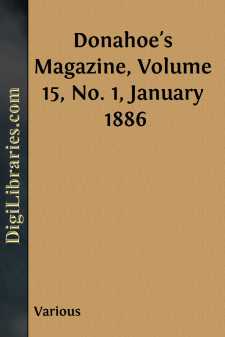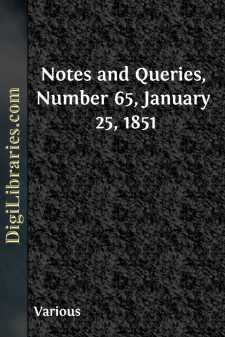Categories
- Antiques & Collectibles 13
- Architecture 36
- Art 48
- Bibles 22
- Biography & Autobiography 816
- Body, Mind & Spirit 145
- Business & Economics 28
- Children's Books 17
- Children's Fiction 14
- Computers 4
- Cooking 94
- Crafts & Hobbies 4
- Drama 346
- Education 58
- Family & Relationships 59
- Fiction 11834
- Foreign Language Study 3
- Games 19
- Gardening 17
- Health & Fitness 34
- History 1378
- House & Home 1
- Humor 147
- Juvenile Fiction 1873
- Juvenile Nonfiction 202
- Language Arts & Disciplines 89
- Law 16
- Literary Collections 686
- Literary Criticism 179
- Mathematics 13
- Medical 41
- Music 40
- Nature 179
- Non-Classifiable 1768
- Performing Arts 7
- Periodicals 1453
- Philosophy 66
- Photography 2
- Poetry 897
- Political Science 203
- Psychology 45
- Reference 154
- Religion 516
- Science 126
- Self-Help 85
- Social Science 82
- Sports & Recreation 34
- Study Aids 3
- Technology & Engineering 59
- Transportation 23
- Travel 463
- True Crime 29
Sort by:
by:
Various
NOTES. ROGER BACON: HINTS AND QUERIES FOR A NEW EDITION OF HIS WORKS. Victor Cousin, who has been for many years engaged in researches on the scholastic philosophy, with the view of collecting and publishing such of its monuments as have escaped the diligence of scholars, or the ravages of time, has lately made the discovery in the library at Douay of a copy of an inedited MS. of Roger Bacon, entitled...
more...
by:
Various
FIRE TOWER Throughout Scotland and Ireland there are scattered great numbers of round towers, which have puzzled all antiquarians. They have of late obtained the general name of Fire Towers, and our engraving represents the view of one of them, at Brechin, in Scotland. It consists of sixty regular courses of hewn stone, of a brighter colour than the adjoining church. It is 85 feet high to the cornice,...
more...
by:
Various
THE FRENCH CHARACTER. The American character is now generally acknowledged to be the most cosmopolitan of modern times; and a native of this country, all things being equal, is likely to form a less prescriptive idea of other nations than the inhabitants of countries whose neighborhood and history unite to bequeathe and perpetuate certain fixed notions. Before the frequent intercourse now existing...
more...
by:
Various
It might have been expected, that after the march into Bavaria had demonstrated the military genius of the Duke of Marlborough, and the battle of Blenheim had in so decisive a manner broken the enemy's power, the principal direction of military affairs would have been entrusted to that consummate commander; and that the Allied cabinets, without presuming to interfere in the management of the...
more...
by:
Various
At a time when the eye of the public is more remarkably, and we trust more kindly, directed to the Fine Arts, we may do some service to the good cause, by reverting to those lectures delivered in the Royal Academy, composed in a spirit of enthusiasm honourable to the professors, but which kindled little sympathy in an age strangely dead to the impulses of taste. The works, therefore, which set forth...
more...
by:
Various
PONTEFRACT CASTLE, 1648. Pontrefact, a place of considerable note in English history, is situated about two miles south-west from Ferrybridge, nine miles nearly east from Wakefield, and fifteen miles north-west from Doncaster, in Yorkshire. The origin of the town is unknown; and the etymology of its name has been a matter of dispute, in which figures a monkish legend ascribing the name of Ponsfractus,...
more...
by:
Various
NOTES. THE BREECHES, OR GENEVA BIBLE. Of this, the most popular edition of the Scriptures in the reign of Queen Elizabeth, we meet continually with erroneous opinions of its rarity, and also of its value, which the following brief statement may tend in a degree to correct. The translation was undertaken by certain reformers who fled to Geneva during the reign of Queen Mary; and is attributed to W....
more...
by:
Various
THE ORCHARD’S GRANDMOTHER. I MUST ask you to go back more than two hundred years, and watch two people in a quiet old English garden. One is an old lady reading. In her young days she was a famous beauty. That was very long ago, to be sure; but I think she is a beauty still—do not you? She has such a lovely face, and her eyes are so sweet and bright! and better than that, they are the kind which...
more...
by:
Various
LEO PP XIII. Venerable Brethren, Health and Apostolic Benediction. The work of a merciful God, the Church looks essentially, and from the very nature of her being, to the salvation of souls and the winning for them of happiness in heaven, nevertheless, she also secures even in this world, advantages so many and so great that she could not do more, even if she had been founded primarily and specially to...
more...
by:
Various
NOTES. TRADITIONAL ENGLISH BALLADS. The task of gathering old traditionary song is surely a pleasant and a lightsome one. Albeit the harvest has been plentiful and the gleaners many, still a stray sheaf may occasionally be found worth the having. But we must be careful not to "pick up a straw." One of your corespondents recommends, as an addition to the value of your pages, the careful getting...
more...


